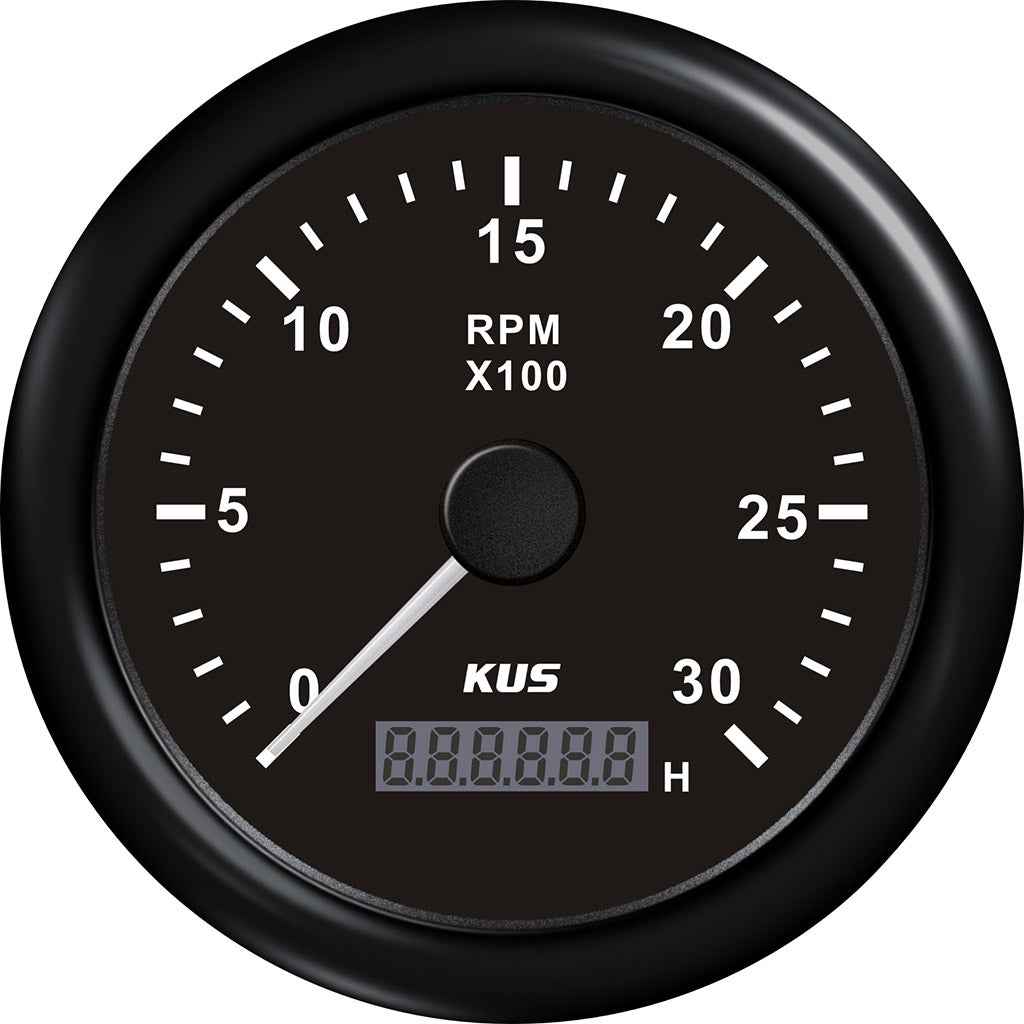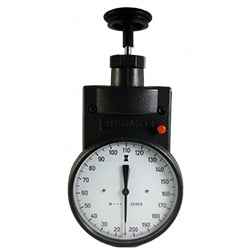How a Tachometer Aids Monitor Engine Health And Wellness and Efficiency
How a Tachometer Aids Monitor Engine Health And Wellness and Efficiency
Blog Article
Exploring the Features and Advantages of a Tachometer: A Comprehensive Overview for Automobile Lovers
From supplying real-time data on engine speed to aiding in optimizing equipment changes, the tachometer offers as more than simply a dial on the dashboard. Its diverse functions not just enhance driving experience however additionally play a pivotal role in maintaining engine health and efficiency.
Recognizing the Fundamentals of a Tachometer
In the realm of vehicle instrumentation, understanding the fundamentals of a tachometer is important for any type of auto lover seeking to delve into the intricacies of engine performance surveillance. A tachometer, usually shown on the control panel of a vehicle, determines the engine's changes per minute (RPM) This critical instrument gives real-time data on just how quickly the engine crankshaft is turning. By monitoring the RPM, motorists can guarantee they are operating within the ideal variety to maximize performance and effectiveness.
Tachometers usually have actually a range marked in revolutions per min, with a redline suggesting the maximum rate at which the engine can safely run (tachometer). This information is important for stopping engine damages and optimizing gear moving for hand-operated transmissions. Additionally, tachometers can aid in identifying engine issues such as misfires or a falling short ignition system by identifying irregular RPM readings
Significance of Keeping Track Of Engine Speed

The engine rate, gauged in revolutions per min (RPM), shows exactly how fast the engine's crankshaft is turning. Checking engine speed is especially crucial throughout equipment changes, as it aids chauffeurs establish the best time to transform gears for smooth velocity and efficient fuel consumption.
Furthermore, tracking engine rate can also provide beneficial insights right into the overall wellness of the vehicle. Uncommon fluctuations in RPM may suggest problems such as a clogged up air filter, fuel system problems, or also engine misfires. By identifying these irregularities beforehand via the tachometer readings, motorists can resolve prospective issues immediately, protecting against more serious damage and expensive repairs down the line. On the whole, keeping track of engine rate with a tachometer is an essential method that can enhance driving efficiency, lengthen engine life, and make certain a much safer and much more pleasurable driving experience.
Enhancing Performance Via Gear Shifts
Enhancing efficiency via calculated equipment go right here changes is a crucial element of making best use of an automobile's effectiveness and power outcome. Correct gear changing ensures that the engine runs within its optimum power band, permitting for smooth acceleration and improved fuel economy. When changing equipments, it is critical to take notice of the engine speed showed on the tachometer. By keeping track of the engine transformations per min (RPM), drivers can identify one of the most favorable moments to upshift or downshift for optimal performance.

To accomplish peak performance with gear changes, motorists need to exercise smooth and timely shifts between gears, matching engine speed with road speed to harness the complete potential of their car's powertrain.
Making Best Use Of Performance With a Tachometer
Understanding the art of equipment shifting in high-performance cars not only improves driving experience yet This Site additionally plays a critical duty in maximizing effectiveness with a tachometer. tachometer. By paying very close attention to the tachometer readings, vehicle drivers can maximize their equipment changes to run within the engine's most effective variety. When accelerating, shifting equipments at the right RPM suggested by the tachometer can protect against the engine from exhausting or underperforming, leading to enhanced gas efficiency and total efficiency
Additionally, a tachometer aids vehicle drivers avoid unneeded revving, which not just squanders fuel however likewise puts unnecessary strain on the engine. Regularly keeping an eye on the tachometer while driving enables smoother gear shifts, lowering damage on the transmission system with time.

Advanced Tips for Tachometer Usage
To delve right into sophisticated tips for tachometer usage, take into consideration including the use of change lights. Shift lights are visual signs that brighten when it's time to shift equipments based on engine revolutions per minute (RPM), enabling for smooth equipment changes without constantly monitoring the tachometer. By fine-tuning shift points and establishing cautioning thresholds, chauffeurs can enhance acceleration and engine efficiency while minimizing the threat of over-revving.
Final Thought
In conclusion, the tachometer serves as a vital device for auto enthusiasts to keep track of engine speed, boost efficiency through equipment changes, and make the most of efficiency. By comprehending the functions and advantages of a tachometer, drivers can optimize their driving experience and lengthen the life-span of their lorry. Using sophisticated suggestions for tachometer usage can better enhance driving abilities and general performance when driving.
Report this page